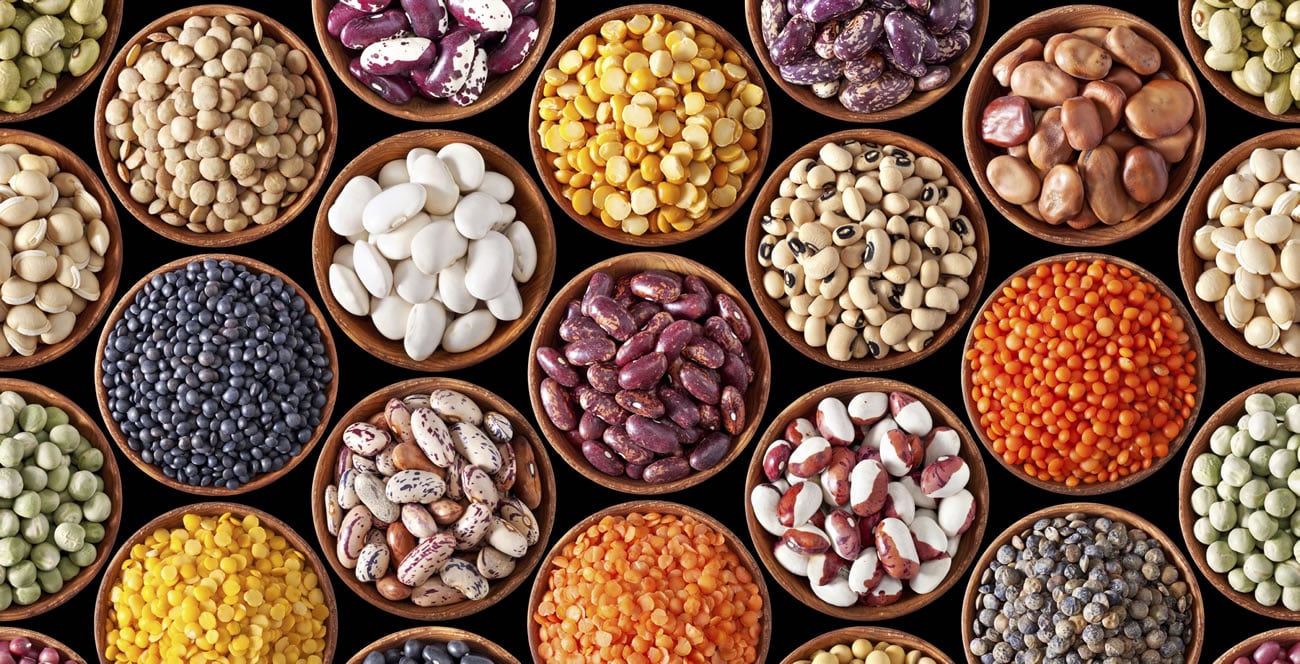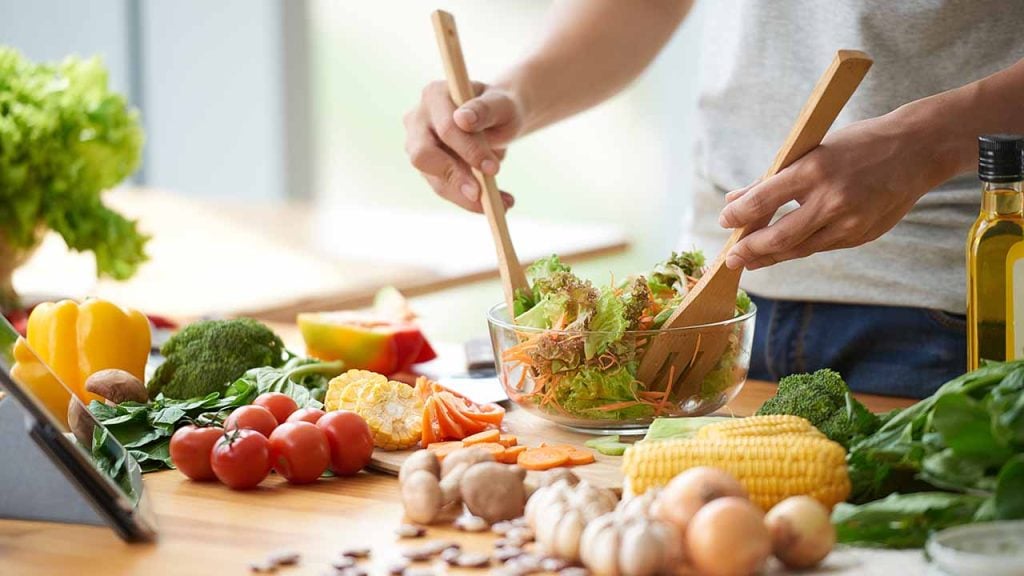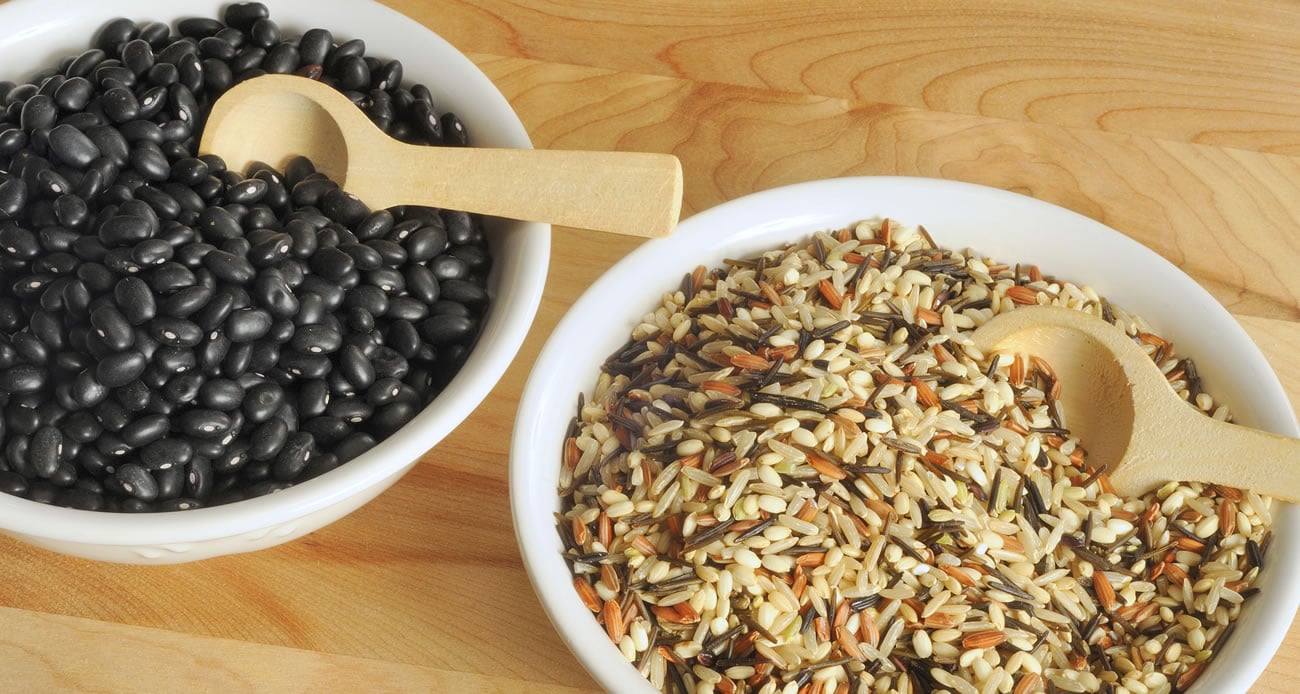How To Lower Cholesterol Naturally
Here are 6 drug-free alternatives for lowering LDL (bad) cholesterol.

To avoid a heart attack, research has found that a key strategy is getting LDL (bad) cholesterol way down. Striving for LDL levels of 100 and below is good, but dropping to 80 and lower may be even better. Learn how to lower cholesterol naturally.
LDL levels of 81
Ground-breaking research published in the Journal of the American Medical Association (JAMA) studied nearly 9,000 European patients. All had previously suffered heart attacks. The trial found that those who reduced their LDL levels to an average 81 with high-dose statins significantly reduced their risk of major coronary events like heart attacks and strokes at the 4.8 year follow-up compared to patients who reduced their LDL to 104 on usual-dose statin therapy.
Lower LDL Levels are better
In a JAMA editorial accompanying the study, Christopher P. Cannon, MD, of Brigham and Women’s Hospital and Harvard Medical School wrote that aggressive LDL lowering is the ideal – “lower is better.”
The JAMA study’s findings echo those of another large 4,162-patient study, published in the New England Journal of Medicine. It concluded that LDL cholesterol levels of 62 were even better than levels of 95 at preventing death, heart attacks, and other cardiovascular-related problems in people with heart disease.
Drugs’ negative effects
In both studies, mega-doses of statins (a doubling and tripling of regular doses) drove LDL levels way down. But in both studies, mega-doses also caused problems. Suffering from adverse side effects like muscle pain, memory loss, and elevated liver enzymes, patients on the high doses stopped taking their medications at twice the rate of patients on regular doses.
Muscle pain, also called myopathy, occurs in 2% to 11% of people treated with statins, reported investigators at the University of Wisconsin Hospital and Clinics in Madison, and although the pain usually subsides once the statin is discontinued, it can take several months to do so. Like previous studies, the Wisconsin scientists also found that the negative side effects of statins increased as dosages increased.
Medication-free alternatives
“That’s why drug-free alternatives like the Pritikin Program are so important,” advises Dr. William McCarthy, UCLA School of Public Health and member of the Pritikin Scientific Advisory Board.
“For people who cannot tolerate maximum doses of statins, or for those wanting to minimize their dependence on drugs, the Pritikin Program of diet and exercise – or a combination of low-dose statins plus the Pritikin Program – offers a much safer option for lowering LDL cholesterol to levels significantly below 100.”
Lowering cholesterol naturally
In research on more than 4,500 men and women following the Pritikin Program of diet and exercise, LDL levels plummeted 23%, and in just three weeks. The men and women had learned how to live Pritikin-style at the Pritikin Longevity Center, which has been teaching heart-healthy living skills since 1975.
39% drop in LDL Levels
And in a study by UCLA scientists in conjunction with the nonprofit Pritikin Foundation, men and women nearly doubled their reductions in cholesterol, averaging a 39% drop, when they supplemented regular-dose statin therapy with the diet-and-exercise lifestyle of the Pritikin Program.
In fact, not just LDL but all forms of bad cholesterol, known as non-HDL cholesterol, decrease with Pritikin heart-healthy living.
6 Dietary and Lifestyle Tips To Lower LDL Levels
To dramatically lower your LDL and non-HDL cholesterol levels without resorting to high doses of statins (and maybe even eliminating the need for statins altogether), the doctors and dietitians at the Pritikin Longevity Center recommend these 6 dietary/lifestyle tips:

1. Limit your intake of foods full of saturated fats, trans fats, and dietary cholesterol.
Foods with a lot of saturated fat include butter, fatty flesh like red meat, full-fat and low-fat dairy products, palm oil, and coconut oil. If you see partially hydrogenated fat in the Ingredient List of a food label, that food has trans fats. Top sources of dietary cholesterol include egg yolks, organ meats, and shellfish.
One type of fat – omega-3 fatty acids – has been shown to protect against heart disease. Good sources are cold-water fish like salmon, mackerel, halibut, trout, herring, and sardines.

Learn More About Pritikin
To help you translate the above guidelines into daily food planning, here are key guidelines:
- Select nonfat dairy foods only, 2 servings daily.
- Limit your intake of meat, poultry, and fish to no more than 3.5 to 4 ounces per day.
From the choices below, which are listed from best to poor, try to select almost always from the top.
Omega-3-rich fish, such as salmon, sardines, herring, mackerel, and trout. Choose at least 2 times weekly. If you’re using canned fish, such as canned sardines, select very-low-sodium or no-salt-added varieties.
Most other fish, plus shelled mollusks (clams, oysters, mussels, scallops).
Crustaceans (shrimp, crab, lobster, crawfish), Poultry (white meat, skinless) Game Meat (bison, venison, elk, ostrich), optimally free-range and grass-fed
Red meat (beef, pork, lamb, veal, goat). For all red meat choices, select cuts that are under 30% fat.
Red meats are the least desirable choice because they not only tend to have the highest proportion of saturated fats, they are also higher in heme iron, which likely raises the risk of type 2 diabetes and colo-rectal cancer. Red meats also alter the gut’s microbiome, which emerging research indicates may raise cardiovascular disease risk.
2. Eat a lot more fiber-rich foods, especially soluble fiber from foods like beans, oats, barley, fruits, and vegetables.
Foods naturally rich in soluble fiber have proven particularly good at lowering cholesterol. Excellent sources include oats, oat bran, barley, peas, yams, sweet potatoes and other potatoes, as well as legumes or beans, such as pinto beans, black beans, garbanzo beans, and peas. Vegetables rich in soluble fiber include carrots, Brussels sprouts, beets, okra, and eggplant. Good fruit sources are berries, passion fruit, oranges, pears, apricots, nectarines, and apples.
3. Choose protein-rich plant foods, such as legumes or beans, nuts, and seeds, over meat.
Common legumes include lentils, peas, and beans, such as pinto beans, red beans, white beans, and soybeans. They’re full of nutritional riches and are a very healthy, protein-packed alternative to meat. Legumes help lower LDL cholesterol, non-HDL cholesterol, blood sugar, and insulin levels, and may even lower cancer risk.
Nuts and seeds have been proven to modestly lower LDL cholesterol levels. To avoid blood-pressure-raising salt, choose raw or dry-roasted, unsalted varieties. To avoid gaining weight, don’t eat more than 1 ounce daily since nuts and seeds are dense with calories (averaging about 175 calories per ounce).
4. Lose as much excess weight as possible.
Losing excess weight is beneficial for all sorts of reasons, from improving your cholesterol profile to preventing diseases epidemic in industrialized societies, including type 2 diabetes, high blood pressure, heart attacks, strokes, gout, and many types of cancer.
Do keep in mind that it’s important to limit fat intake, even so-called “good” fats like olive oil, because any fat is dense with calories, which means heavy consumption can easily lead to a heavy body.
NOTE: The above steps contain the key food groups that have cholesterol-lowering properties. The supplements described in Tips 5 and 6 may provide additional LDL lowering.
5. Take plant sterol supplements.
Sterols are naturally occurring substances found in plants. A daily intake of 1 to 2 grams of plant sterols has been shown to lower LDL cholesterol levels. Your best choice are supplements, such as CholestOff (by Nature Made), because they do not have the calories, sugar, trans fats, and/or salt of many foods enriched with plant sterols.
6. Take psyllium, such as Metamucil.
Psyllium husks are seed grains sold as a soluble fiber supplement and laxative. Metamucil is the best known brand, but psyllium is also available in less expensive store brands. Studies have shown that 9 to 10 grams daily of psyllium, the equivalent of about 3 teaspoons daily of Sugar-Free Metamucil, reduced LDL levels.
To get the cholesterol-lowering benefit, take 1 teaspoon with water no more than 15 to 30 minutes before a meal.
“If your LDL levels are still too high after trying these 6 nutrition-based approaches, talk to your doctor about cholesterol-lowering medications like statins, but give these 6 tips your best shot,” encourages Dr. Danine Fruge, MD, ABFP, Medical Director at the Pritikin Longevity Center. “The right eating plan, like Pritikin, can be powerfully beneficial – and there are no adverse side effects.”
Recipes for Lowering LDL Cholesterol
Adding foods every day that are naturally rich in fiber, like beans and brown rice, are an excellent way to lower your LDL cholesterol without drugs. The recipe below combines two great foods into one healthy cholesterol-lowering dish. Don’t like beans or rice? Check out these other great cholesterol-lowering meals.

Black Beans and Brown Rice
Ingredients
Black beans
- 4 cups beans (black) uncooked
- 6 red onions diced
- 1 cup fresh garlic chopped
- 2 tablespoons cumin
- 1 tablespoon coriander
- 1 chipotle pepper remove before serving
- 1-1/2 carrots diced
- 2 teaspoons black pepper freshly ground
- 3 quarts water
- 1/2 bunch cilantro leaves picked and chopped
Brown Rice
- 2 cups rice (brown) uncooked
- 1/2 cup onions diced
- 1/2 cup garlic fresh, chopped
- 1/2 teaspoon black pepper freshly ground
- 1 tablespoon soy sauce, low sodium
- 2 teaspoons cumin
- 5 cups water
Instructions
Black Beans
- Soak beans overnight, rinse, and drain. In a large stockpot, bring to a boil all ingredients for black bean part of recipe, except cilantro. Then reduce heat, cover, and simmer until beans are soft, about 1-1/2 hours.
- When ready to serve, stir in cilantro. Remove chipotle.
Brown Rice
- In a large nonstick medium-hot saute pan, saute rice with all ingredients, except water, until garlic starts to brown. Add water & bring to a boil.
- Reduce heat, cover, and simmer until rice is cooked through, about 40 minutes. When done, combine with cooked black beans, or serve separately.

Get All the Details of a Stay at the Pritikin Center in Your Inbox
Sources:
- JAMA, 2005; 294: 2437.
- JAMA, 2005; 294: 2492.
- New England Journal of Medicine, 2004; 350 (15): 1495.
- Archives of Internal Medicine, 1991; 151: 1389.
- American Journal of Cardiology, 1997; 79: 1112.
- New England Journal of Medicine, 2015; 372: 2387.
- Nature Medicine, 2013; 19: 576.
- Journal of the American College of Cardiology, 2018; 71 (17): 1857.